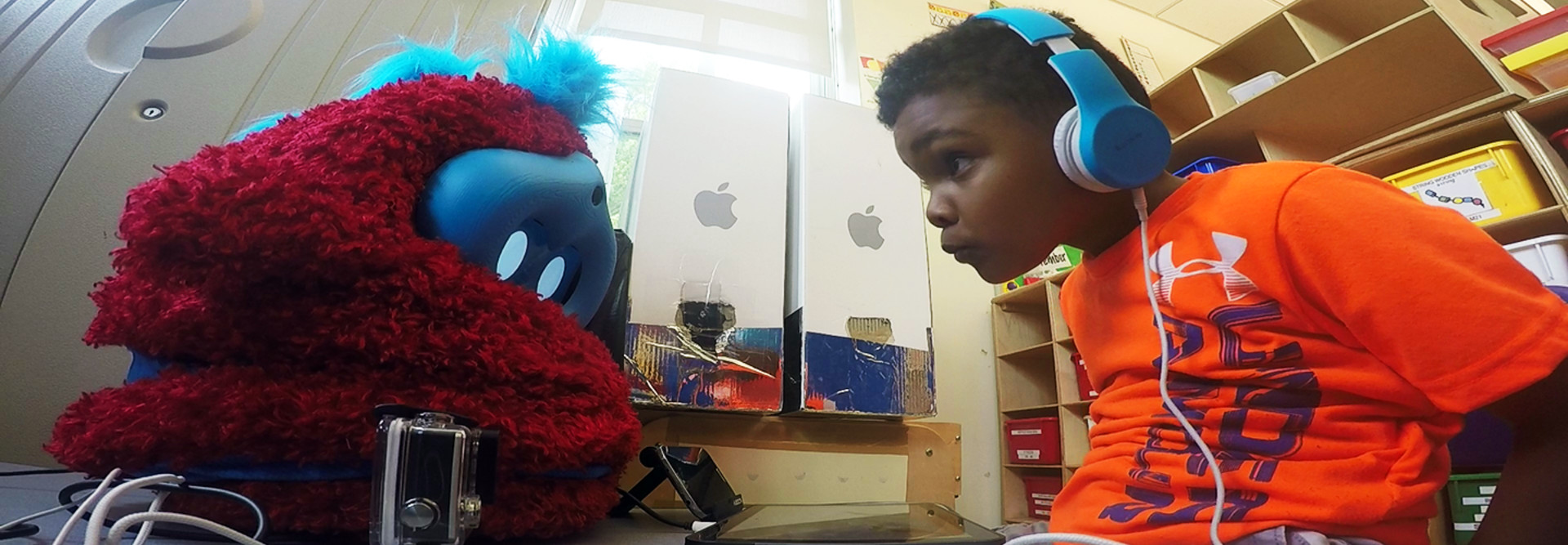MIT’s Sociable Robot ‘Tega’ Helps Preschoolers Learn a Second Language
MIT’s Personal Robots Group has been piloting what they envision as "the preschool of the future" — a marriage between digital devices and a friendly classroom robot that could help tutor preschoolers.
Young students take an immediate liking to Tega, a furry robot full of personality and color. Powered by an Android-based smartphone, Tega is capable of "affective computing," responding to the emotions of humans through recognition of facial movements. This makes the robot able to respond well to children's behaviors.
MIT's researchers specifically have hopes that Tega will help students learn second languages.
"We developed an integrated experimental paradigm in which children play a second-language learning game on a tablet, in collaboration with a fully autonomous social robotic learning companion," according to MIT's report.
Through the tablet, students and Tega both have a place to interact and play. The concept is similar to the NAO CoWriter Project, in which a robot teaches students to write out letters and corrects hand motions.
The preschool pilot ran for two months with 34 students. During that time, the researchers made three observations:
- Students learned new words through the tutoring process
- The affective learning method effectively personalized the sessions
- Students demonstrated increased valence over students without a personalized robot tutor
Tega can work with students for hours at a time, but it's still not ready to transcend adult supervision, according to the report. The researchers say their creations aren't designed to replace anyone in the classroom — rather, their robots help augment learning, freeing up teacher resources and giving students a new way to engage with the lesson.
"Robots and humans are good at different things," Jackie Kory Westlund, a student with the MIT Media Lab, told IEEE Spectrum. "For example, robots can be easily personalized for individual children’s needs and skill levels, and can provide additional support or practice for children who may need it. Robots can never replace human teachers, nor would we want them to!"









